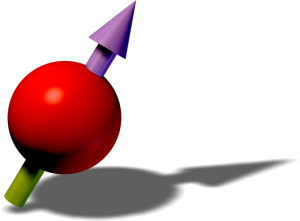Dipolar Quantum Gases of Erbium Atoms
Erbium has very special properties that make it unique: a very strong magnetic moment, many valence electrons, clock transitions, and an extremely rich internal atomic structure.
In the ERBIUM LAB we bring all these properties in the quantum regime together to study strongly dipolar gases both in the continuum and in optical lattices. Recently, the ERBIUM team has observed roton excitations, the counterintuitive and long-sought supersolid states, deformed Fermi surface, Bose-Hubbard systems with long-range interaction, spin manipulation via the clock transition, and much more!
A full list of the ERBIUM LAB Publications can be found here
Interested in joining us? Check out here.
Lab news
The Young Atom Opticians (YAO) conference is a yearly meeting, organized by and for PhD candidates in the field of atomic, molecular and optical physics. This year it took place in Munich (http://www.yao-conference.org/), and the 2017 edition will take place in Paris.
Keep Reading ...
Lauriane Chomaz has been awarded a Marie Curie Fellowships from the European Commission for her project "Dipphase".
Keep Reading ...
We have studied the scattering behavior of ultracold Er atoms and observed an enormous number of Fano-Feshbach scattering resonances.
Keep Reading ...
Lab Team
Francesca Ferlaino, Univ.-Prof. Dr.
Group Leader / PI
Manfred Mark, Dr.
Senior Scientist/Research Assistant
Andrea Di Carli, Dr.
Academy Scientist/Research Assistant
Ferdinand Claude, Dr.
Post-Doc
Arfor Houwman, MSc.
PhD Student (ERBIUM)
Louis Lafforgue, MSc.
PhD Student (ERBIUM)
Sarah Embacher, BSc.
Master Student (ERBIUM)



















